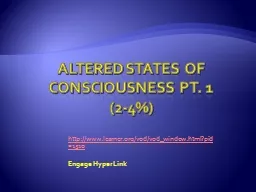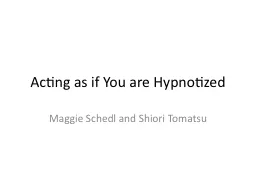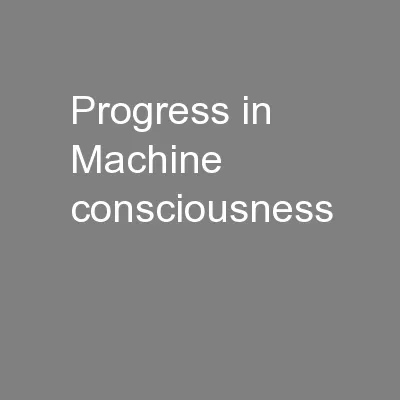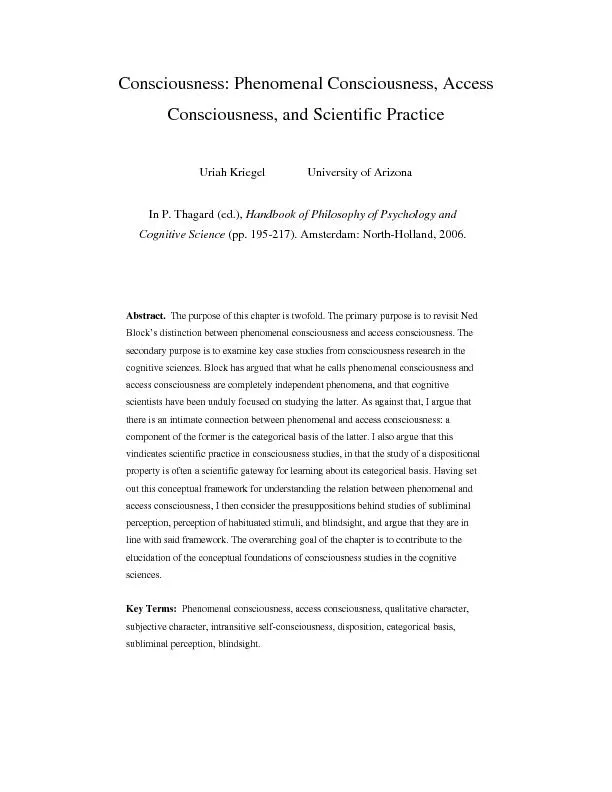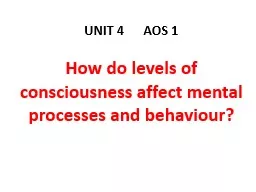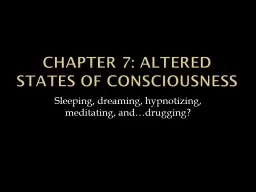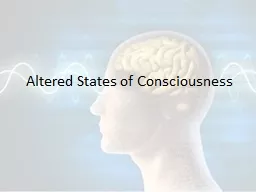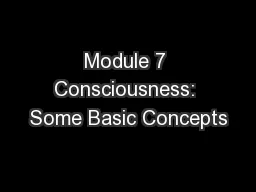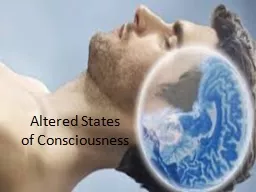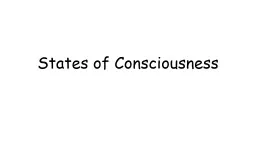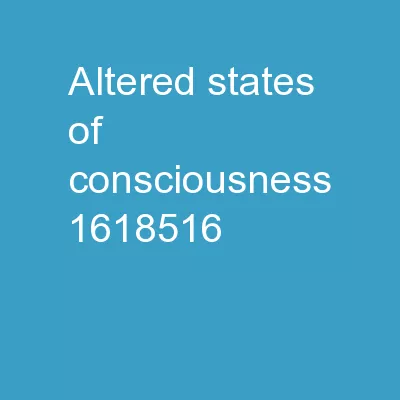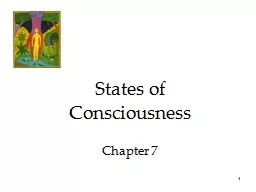PPT-Altered States of Consciousness pt. 1 (2-4%)
Author : tawny-fly | Published Date : 2018-12-16
httpwwwlearnerorgvodvodwindowhtmlpid1510 Engage Hyper Link Why is sleep important To rest and repair physically and mentally To consolidate memories and skills Necessary
Presentation Embed Code
Download Presentation
Download Presentation The PPT/PDF document "Altered States of Consciousness pt. 1 (2..." is the property of its rightful owner. Permission is granted to download and print the materials on this website for personal, non-commercial use only, and to display it on your personal computer provided you do not modify the materials and that you retain all copyright notices contained in the materials. By downloading content from our website, you accept the terms of this agreement.
Altered States of Consciousness pt. 1 (2-4%): Transcript
Download Rules Of Document
"Altered States of Consciousness pt. 1 (2-4%)"The content belongs to its owner. You may download and print it for personal use, without modification, and keep all copyright notices. By downloading, you agree to these terms.
Related Documents

